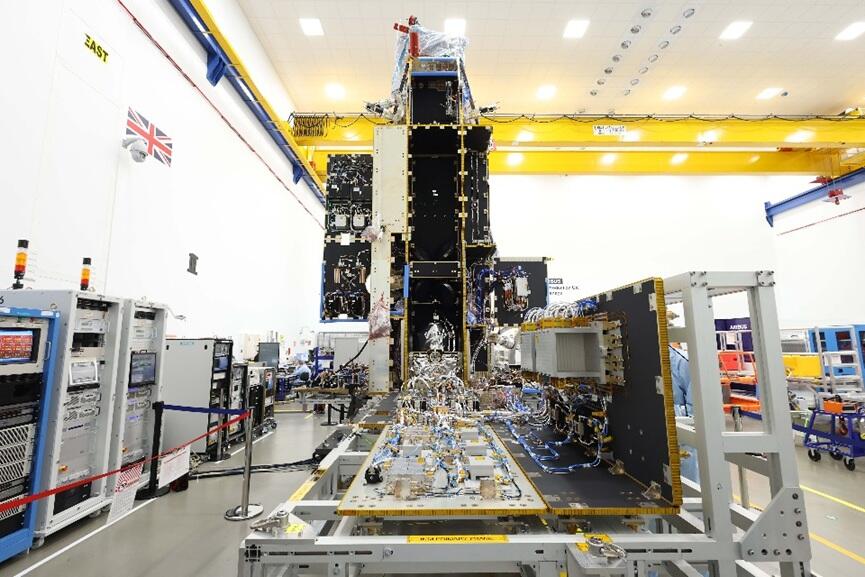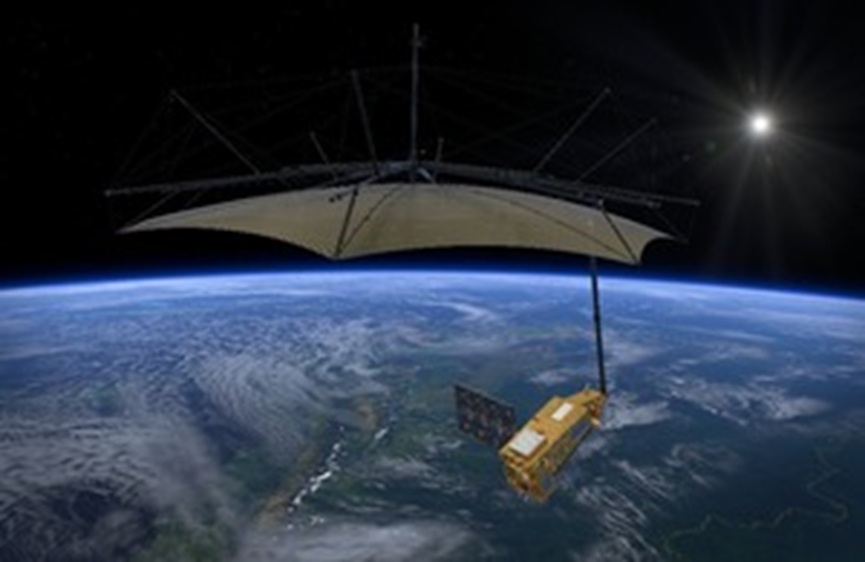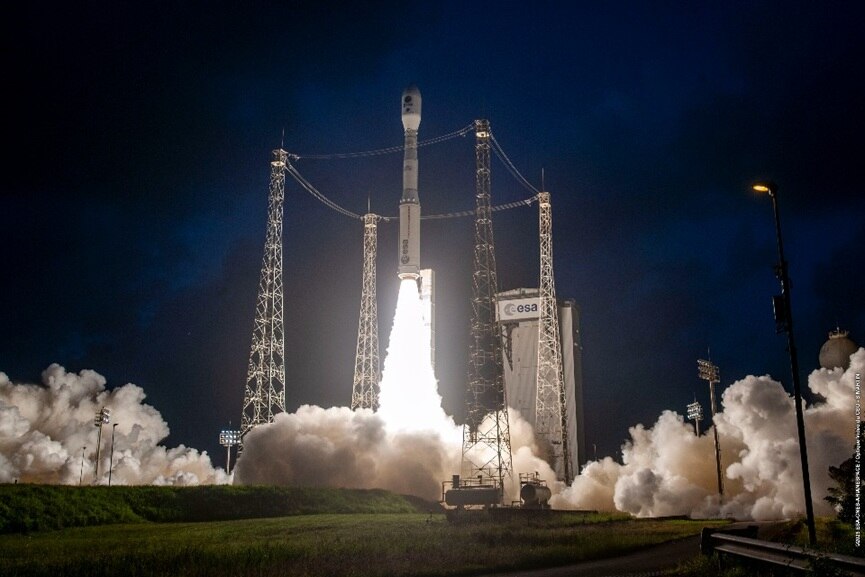French Guiana: The European Space Agency’s Biomass Earth observation satellite has successfully launched today from Europe’s Spaceport in Kourou, French Guiana.
The groundbreaking mission transforms how the world observes and understands tropical forests and their role in the global carbon cycle.
This pioneering mission -the first of its kind -is designed to use advanced radar technology to deliver high-resolution 3D maps of Earth’s forests, revealing details about their size, structure, and carbon storage capacity.
The satellite will be instrumental in monitoring deforestation, mapping changes in forest biomass, and supporting international strategies to combat climate change.
The idea for the mission was born in Yorkshire, at the University of Sheffield, where Professor Shaun Quegan, working in collaboration with the National Centre for Earth Observation in Leicester, first proposed the concept.
Since then, UK institutions including University College London and the University of Edinburgh have contributed cutting-edge modelling and data analysis expertise.

Constructed by Airbus UK in Stevenage, the Biomass satellite has supported around 250 highly skilled jobs, contributing to Britain’s 52,000-strong space workforce and reinforcing the UK’s reputation as a global leader in space innovation. More than 50 companies across 20 nations have been involved in delivering this ambitious project.
Since 2016, the UK has secured nearly £77 million in contracts for the Biomass mission through its membership in the European Space Agency.
Unlike traditional satellites that can only observe forest canopies, the Biomass satellite uses P-band synthetic aperture radar, a long-wavelength radar that can penetrate clouds and thick vegetation to “see” deep into forests. This allows scientists to measure the woody biomass of trees – a direct indicator of the carbon stored within them.
Over its five-year mission, Biomass will produce its first full 3D map of the tropics within 17 months, followed by updated 2D maps every nine months.
These insights will greatly improve our understanding of how forests absorb or emit carbon dioxide, enabling more accurate global carbon budgeting and shaping net-zero strategies.

“It’s been a privilege to lead the development of a pioneering mission that will revolutionize our understanding of tropical forests and their role in climate change,” said Professor Shaun Quegan, who led the mission’s proposal to ESA.
Sir Chris Bryant, UK Minister for Space, said that, “The Biomass mission showcases British ingenuity at its very best -from conception in Sheffield to construction in Stevenage. It reflects the UK’s leadership in both space technology and climate solutions. This is a science with real-world impact, attracting global investment and supporting our Plan for Change.”
Tropical forests play a dual role in climate change -both as carbon sinks, absorbing CO₂, and as sources when deforested, releasing it into the atmosphere.
Biomass changes that, offering a global view that is both consistent and precise. It will not only inform climate models and net-zero planning but also provide crucial data on biodiversity loss, habitat degradation, and the overall health of forest ecosystems.

























